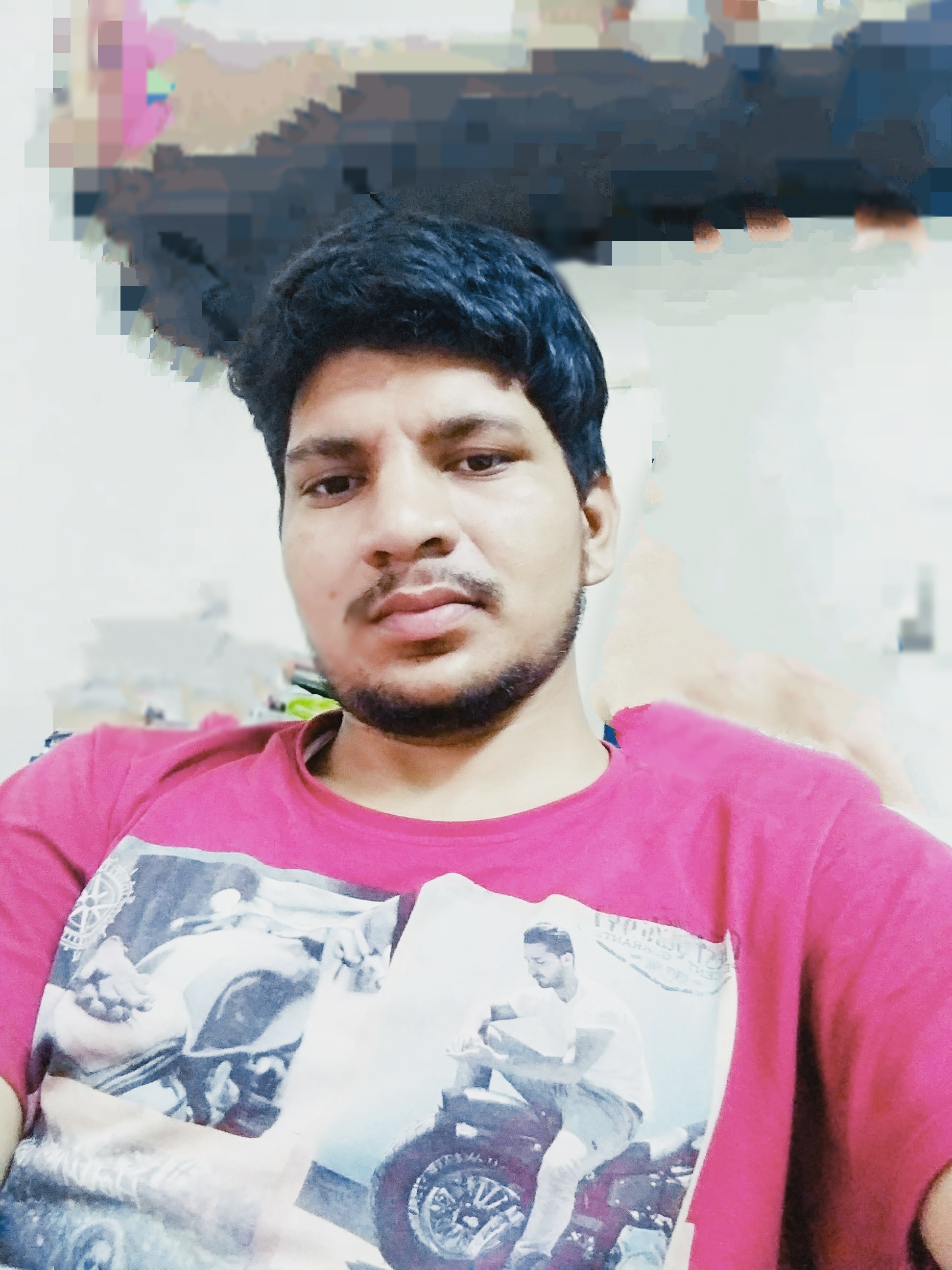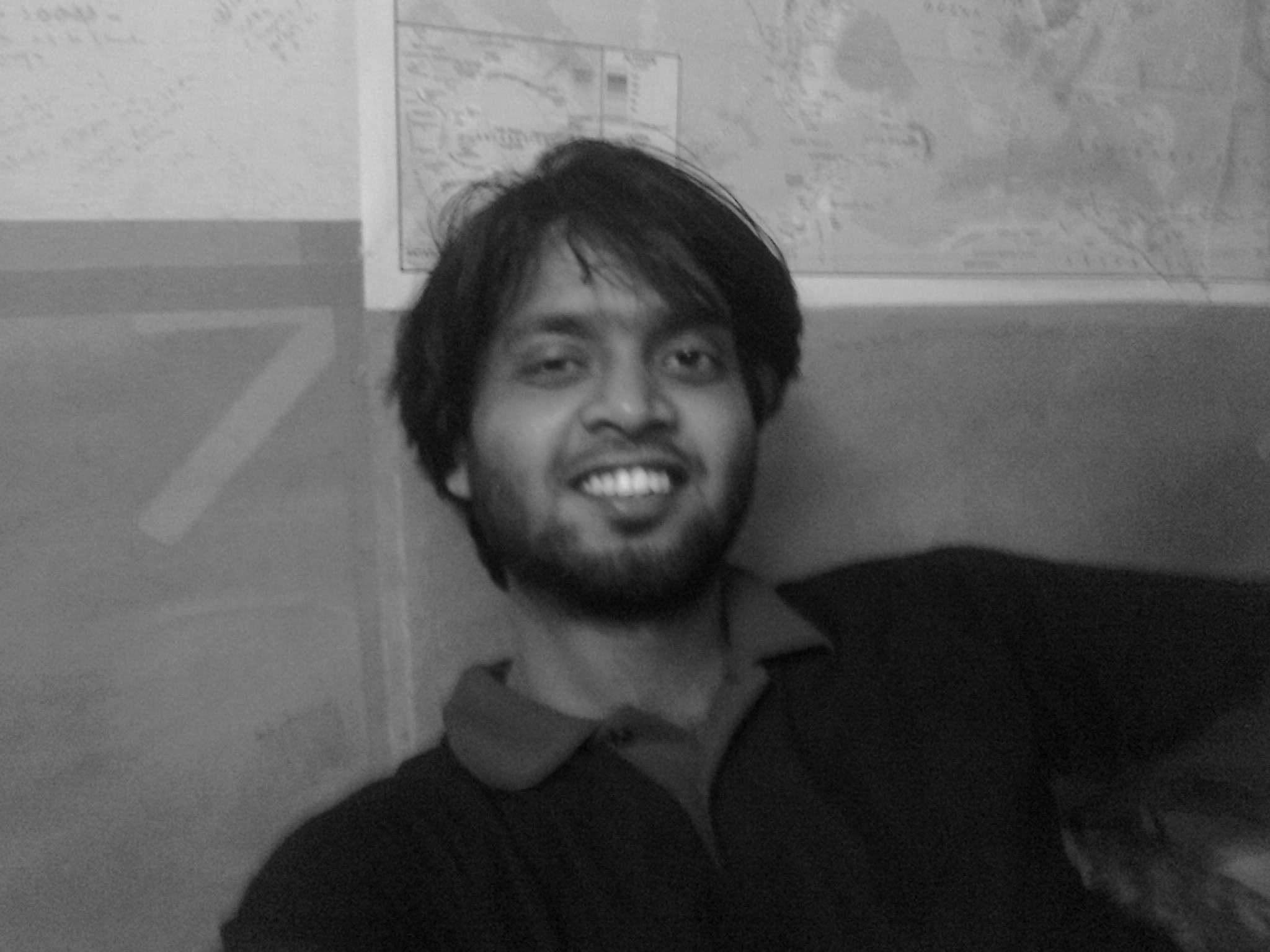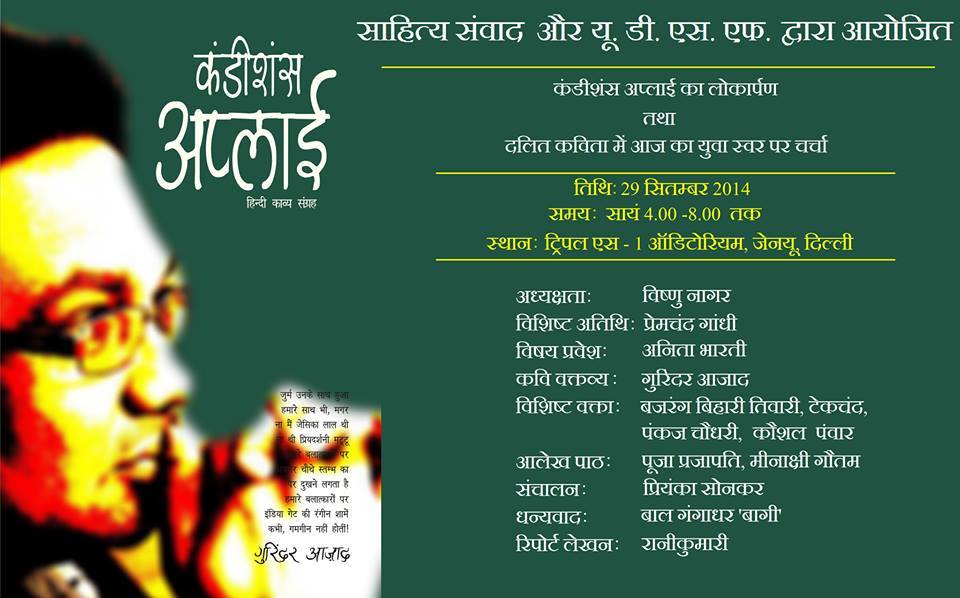Amit Kumar
 In post-independence India, there are many names that have made a deep imprint on Indian politics. Kanshi Ram Saheb is one of the tallest figures who not only changed the political vocabulary but became the voice of that groups which have been neglected historically for a long time. In a true sense, he is the man who has established the Ambedkarite discourse in the free India. The political grammar given by Kanshi Ram is very essential for the contemporary Dalit-Bahujan movement. His politics is more relevant today when the right-wing BJP has been constantly attacking the rights of the Bahujan community (SC/ST/OBC and Minorities).
In post-independence India, there are many names that have made a deep imprint on Indian politics. Kanshi Ram Saheb is one of the tallest figures who not only changed the political vocabulary but became the voice of that groups which have been neglected historically for a long time. In a true sense, he is the man who has established the Ambedkarite discourse in the free India. The political grammar given by Kanshi Ram is very essential for the contemporary Dalit-Bahujan movement. His politics is more relevant today when the right-wing BJP has been constantly attacking the rights of the Bahujan community (SC/ST/OBC and Minorities).
Kanshi Ram was born in a Ramdasia Sikh family on 15th March 1934 in Ropar district, Punjab. During his political journey, from the initial days to the formation of BAMCEF and later the Bahujan Samaj Party, he passed through several challenges. Kanshi Ram always stood for an autonomous Ambedkarite discourse. In his famous speech in Pune, he said that our fight is against the Manuvadi system that is based on hierarchy. He believed that in India, all the parties from left to right to centre are the supporters of the ‘status quo’, while his goal was to dismantle the oppressive system and bring about fundamental changes. Kanshiram’s contribution cannot be limited only to the political sphere. Through the establishment of the Bahujan Samaj Party he did not only bring political confidence among the Dalit Bahujans but also brought outmhitherto unsung anti-caste revolutionaries and their contributions to public domain. He was a political theorist who had a very well-structured understanding of the Indian society and the politics of India. His slogans like ‘vote humara raj tumhara nahi chalega’, ’jo jameen sarkari hai wo zamin humari hai’ and many others shook up the system. He attempted to bring the entire oppressed under one umbrella calling them Bahujan. This conceptualisation has helped the oppressed both politically and socially.

Portrait of Manyawar Kanshi Ram by Sonali Meshram
Kanshi Ram was a political theorist who believed in praxis. For him, Indian democracy is a system where the minority (15 percent population comprising the Brahmin, Baniya and Kshatriya) is ruling over the majority (comprising the SC, ST, OBC and Minorities). His ultimate objective was to alter this system and to make the Bahujan Samaj the rulers of this country. He developed his own vocabulary to complete his mission. His slogan, ‘jiski jitni sankhya bhari uski utni hissadari’ (through this slogan, he talks about the theory of proportional representation) set the tune for just representation and redistribution. This was not just a political act but a conscious choice to strengthen the democratic ethos.
Kanshi Ram’s famous book ‘Chamcha Age’ written on the 50th anniversary of the Poona Pact is very important to understand the flaws in the political representation of the SC/ST/OBC candidates through existing political reservation. He used the term ‘Chamcha’ for the members of the SC/ST/OBC communities who have surrendered their agency to their political patrons. He held that their main interest is not to fight for the rights of their community but for their own narrow personal gains. In his words ‘Any agent or stooge is created so that he can be used against genuine and actual struggle. When there is no struggle or revolution and neither is there any fear of revolution, there are no demands of the stooges (chamcha)’. In recent times, particularly since the BJP came into power, a new type of narrative is served according to which the only fight of Bahujan community is against the BJP and RSS. The new leaders coming from the Bahujan communities started joining with the critics of BJP but they do not have any objectives or goals for the Bahujan politics. Some of them have even joined the Congress; some are in the process of joining some other political parties. Kanshi Ram believed that whether someone is in Congress or BJP or any other brahmanical party, they are not the representatives of the Bahujan community, but political stooges who are used against the true leadership of the community.
Kanshi Ram uses the term ‘samp nath’ for the Congress and ‘nag nath’ for the BJP. Both the BJP and Congress operate with the same brahmanical mentality. The recently formed government in Madhya Pradesh shows the hypocrisy of the ‘soft hindutva’ line toed by Congress. The party manifesto in MP promised to construct gaushalas, develop commercial production of gaumutra (cow urine), and promote the ‘Ram van gaman path’. More importantly, three Muslim youths who were accused of cow slaughter were charged under the National Security Act (NSA) in Madhya Pradesh. The above acts rightly reflect Kanshi Ram’s understanding and analysis of these parties. He was right in explaining that these two parties are two sides of same coin.
Kanshi Ram was very critical of the Indian media. He called it ‘manuvadi media’. He was aware of the negative propaganda of the mainstream media and believed it to be one of the biggest threats for the Bahujan movement and its politics. In contemporary times, this criticque stays even more relevant. We are living in a time where leaders are established through the mainstream media rather than through their ground work or people friendly policy decisions. Political opinions are manufactured by the media propaganda machines which are usually owned and operated by the upper castes. The current time has been projected as a beginning of the so-called age of post truth politics where true political issues are systematically kept away from the reach of masses. There are many leaders such as Modi, Kejriwal and others who have been the outcome of the same manuvadi system. Even some ideologically corrupted youths from the Bahujan community are projected as Dalit Bahujan leaders by the same media to weaken the genuine Bahujan movement and autonomous Ambedkarite politics which haunts the manuvadi system of country.
As the 2019 election is around the corner, there is a high probability that the country will get a fractured mandate. BJP has pitched for the strong government and all media debates have created dialectics of voting for a strong government or a weak government in 2019. Kanshi Ram advocated for a weak government i.e., alliance government over a strong government. He argued, “We are not in a condition to form the strong government but an alliance government. This sort of government will listen to voice of bahujans and will work for their betterment’’. The last regime of NDA which came in full majority in 2014 clearly highlights Kanshi Ram’s apprehensions toward a strong government. We have seen how their policies have curtailed the rights, scholarships and other social justice programs meant for the Bahujan communities.
Kancha Ilaiah argues, ‘Whether some people agree or not in my view, after Buddha, Phule, Periyar and Ambedkar, Kanshi Ram will be the tallest socio-political reformer of India”. He established and shaped the contemporary Bahujan movement. Finally, the slogan ‘Kanshiram teri nek kamai, tune soti kaum jagayi’ describes his stature and contribution towards the Bahujan movement.
~~~
Amit Kumar is a research scholar at Centre for Historical Studies (CHS), JNU, and president of BAPSA, JNU.










